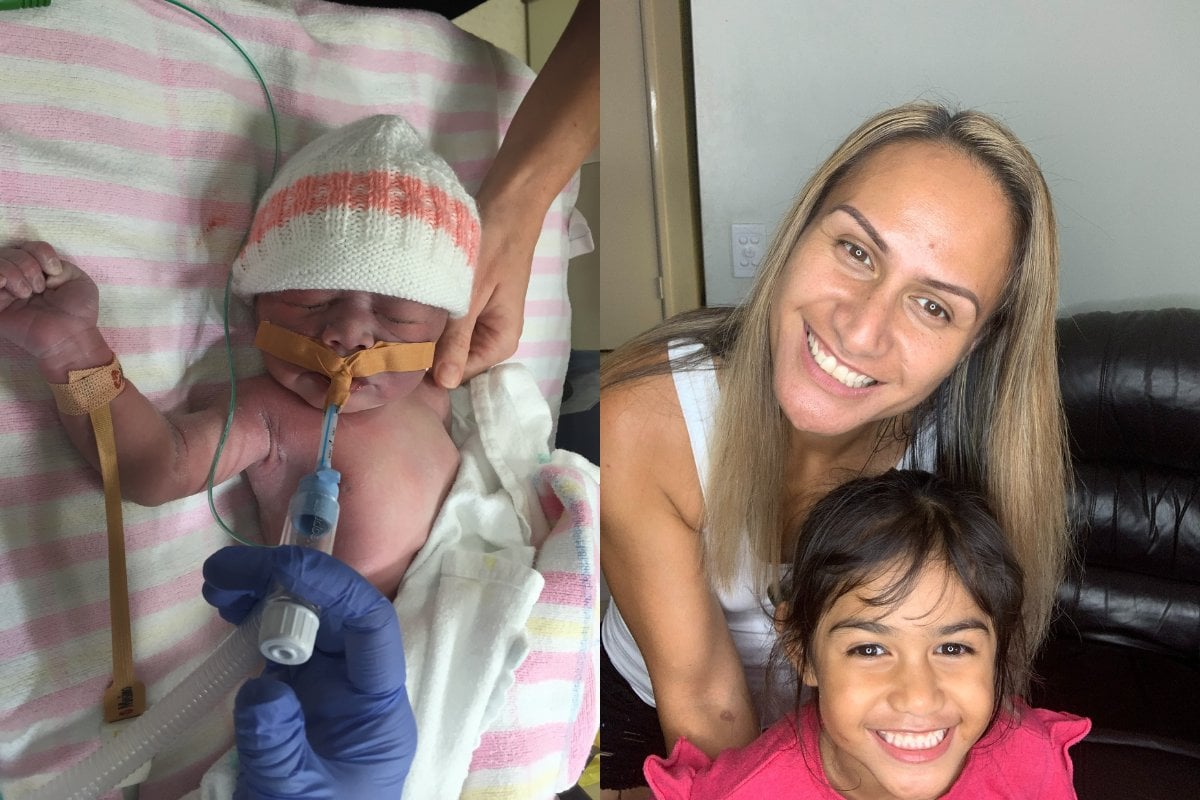
This post deals with depression and could be triggering for some readers.
As told to Helen Vnuk.
I found out I was expecting in October 2015.
In December I went to have a routine scan, where they check for Down syndrome.
I went not so much to check for that, but because I wanted to know what the sex of our baby was going to be. We had had three boys and I was hoping this time it was going to be a girl.
Side note: Women share their weirdest pregnancy cravings. Post continues below.
"Can you tell me, is it going to be a girl?" I asked.
The doctor said it was too soon to tell, but something concerning had shown up on the scan.
Before I knew it, there were five doctors in the room. I was told that my baby's heart wasn't in the right position.
My partner wasn’t there. He was a FIFO worker, so I had experience with going to these things by myself. He had just been told he was losing his job.
"When we see this, it usually means your baby could have trisomy 21, which is Down syndrome," the nurse said. "Or it could be trisomy 18."
After googling what that was, I wished I hadn't. I found the rate of babies surviving it was less than 10 per cent. I was bawling my eyes out.




























































































